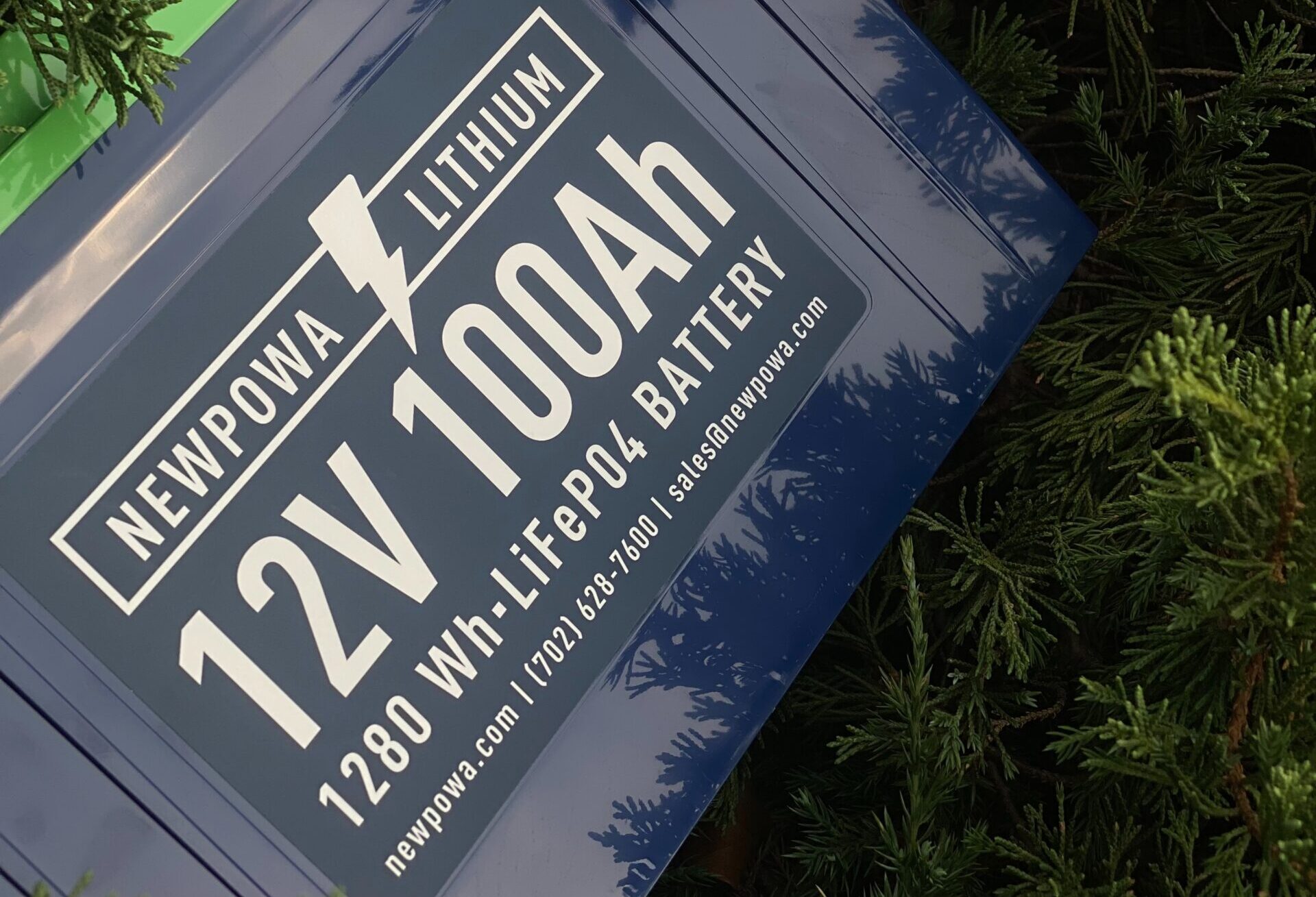Good Branding: How to Create a Unique and Memorable Brand Identity
Amidst the groundbreaking technologies and sustainable practices, there’s one often underestimated factor that emerges as a powerful catalyst for success: good branding. In a world grappling with the urgent challenges of poverty, climate change, and pollution, the role of green tech and environmentally-friendly companies has never been more critical.
However, how do you communicate impactful messaging? Establish credibility and build trust? Differentiate your business from others in a crowded ‘green’ market?

San Diego Community Power is a new player in the energy space, and its branding conveys that we’re all in this transition together to cleaner, more affordable energy.
In this blog, we’ll be helping you get started with creating or improving your business’s branding. You will learn:
- The components of good branding
- Brand style and guidelines
- Examples of good branding
As you read through this, keep in mind that powerful brand messaging should not only communicate your technological prowess but also your genuine dedication to solving the world’s most challenging issues.

Two big outdoor brands that have dialed in their brand identity, especially when it comes to their commitment to protecting the environment include both Patagonia and Black Diamond. Patagonia actually changed its mission statement a few years ago to “We’re in business to save our home planet.”
What is Good Branding?
Branding is the process of creating and establishing a unique and recognizable identity for a product, service, or company. Branding goes beyond just a logo or a name; it encompasses the overall perception and experience that people associate with your company. Successful branding aims to distinguish a product or company from its competitors and build a positive and lasting impression in the minds of its audience.
Key components of your branding:
- Logo: A visual representation that serves as a symbol of your brand.
- Name: The word or set of words by which your brand is known.
- Tagline: A concise phrase that communicates the essence or value proposition of your brand.
- Colors, Fonts, and Imagery: Consistent use of specific colors, fonts, and imagery to create a cohesive visual identity.
- Brand Voice: The tone, language, and communication style that convey the personality of your brand.
- Values and Mission: The core principles and purpose that your brand stands for.
- Customer Experience: The overall interaction and perception customers have when engaging with your brand.
We realize as a startup or a company looking to rebrand, you may have dialed in some but not all of these branding components. Therefore, think of branding as a dynamic process that evolves over time. In addition, good branding requires strategic planning and management to ensure a consistent and positive brand image.

Newpowa batteries are designed for solar energy storage applications and are one of the leading brands in off-grid solar solutions.
Brand Guidelines:
Brand guidelines, also known as a brand style guide, brand kit, or brand book, are a set of rules and instructions that outline how a brand should be presented across various channels and mediums. These guidelines ensure consistency in visual and messaging elements, helping to maintain a unified and coherent brand identity.
Key elements in your brand guidelines:
- Logo Usage: Clear guidelines on how your logo should be used, its size, placement, and acceptable variations.
- Color Palette: Specification of your brand’s primary and secondary colors, including their specific hex codes.
- Typography: Guidelines for your fonts and typography styles.
- Imagery and Photography Style: Types of images and photography that align with your brand’s visual identity.
- Voice and Tone: Preferred language, tone, and style of communication that reflect your brand’s personality.
- Brand Application: Guidelines on how your brand should be used across different mediums, such as social media and marketing materials.
Brand guidelines serve as a crucial reference for anyone involved in creating content or materials related to the brand. And having your brand guidelines in place ensures a consistent and cohesive brand presentation across all touchpoints. Therefore, if you need help designing your brand kit, click here to learn more about how Top Rope Media can help!

Is your brand easily recognizable? Caterpillar, an equipment manufacturing company shortens their name to CAT in their logo on almost all products. In addition, their golden yellow colored equipment is easy to spot, and when it comes to sustainability, did you know Caterpillar was named to Barron’s Top 100 Most Sustainable Companies??
Good Branding: Final Thoughts
In essence, good branding is not a luxury but a strategic imperative. It serves as the linchpin that holds together trust, messaging, innovation, consumer adoption, and differentiation. For companies aiming to make a mark in cleantech or any industry solving global challenges, the path to success is paved with a brand that not only speaks but resonates, leaving an indelible mark on the collective consciousness.
Want more marketing tips? Here are several other blogs that can help you with building your brand:
- Using Your Website to Generate Better Leads
- Creating a Name for Your Business
- Creating Videos to Promote Your Business
Thanks for reading!
Meredith McConvill, Top Rope Media
Recent Comments